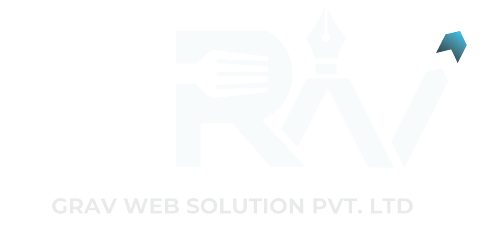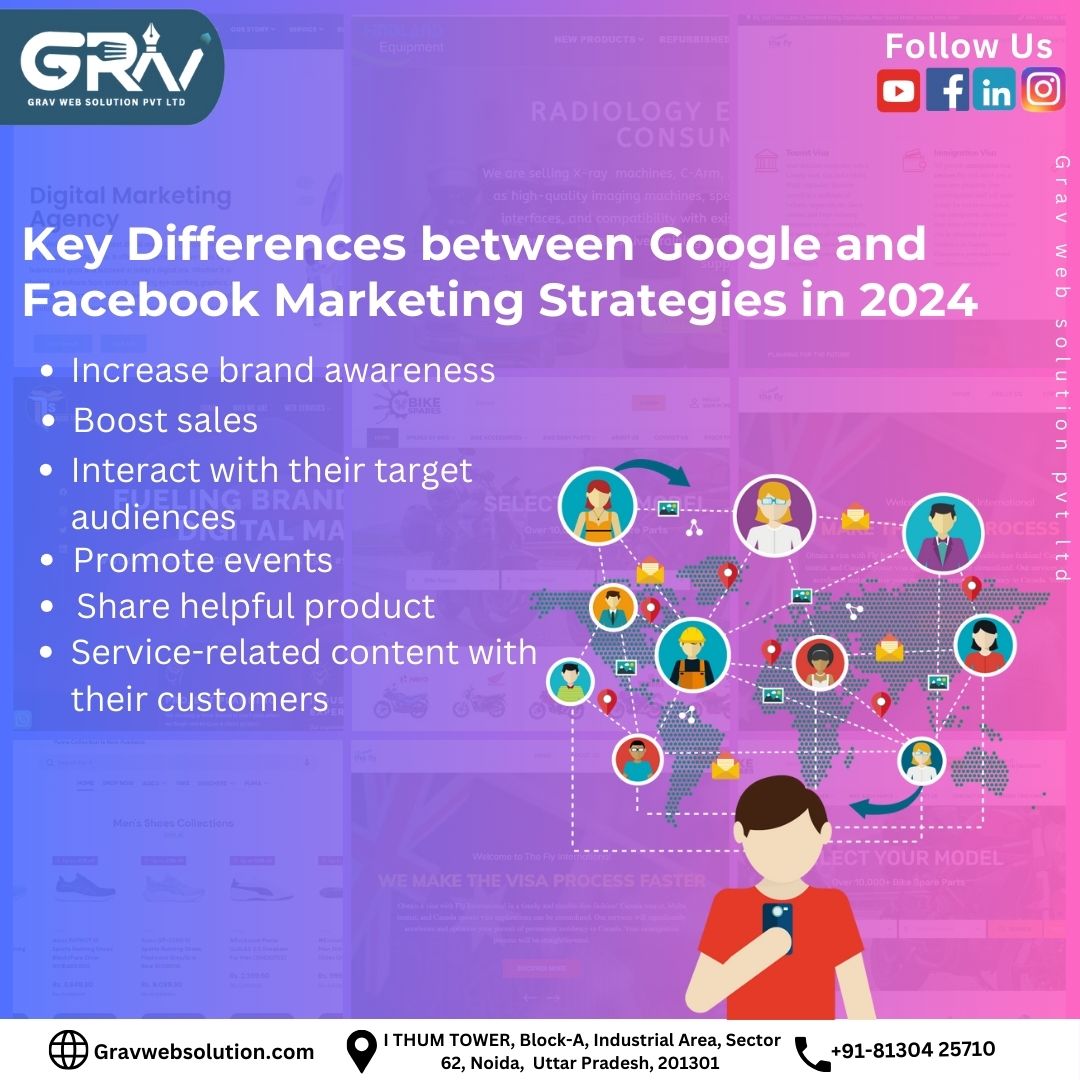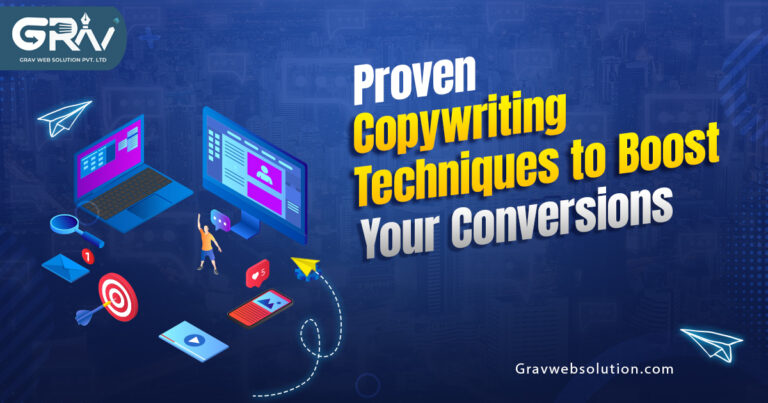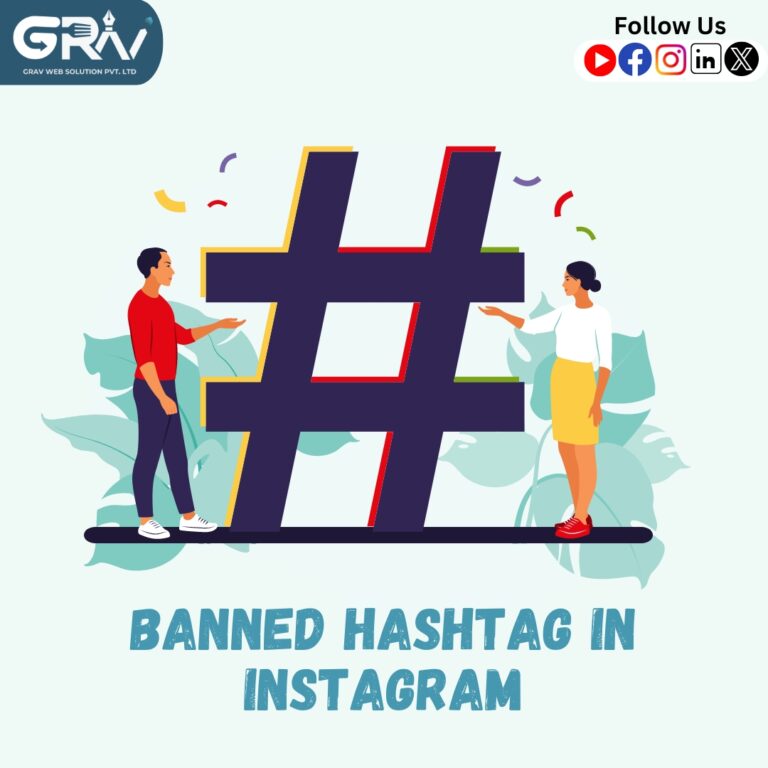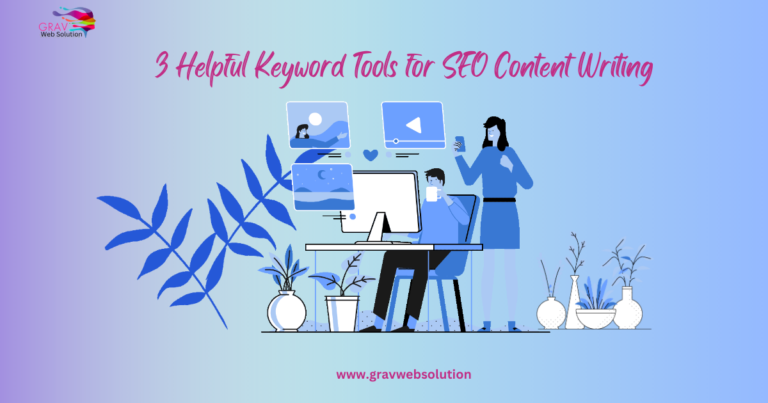Introduction
In the rapidly evolving landscape of digital marketing, understanding the nuances of various platforms is crucial for crafting successful campaigns. Two giants dominate the online advertising space: Google and Facebook marketing. As we step into 2024, the differences between Google and Facebook marketing strategies have become more pronounced, reflecting changes in consumer behaviour, technological advancements, and platform capabilities. This comprehensive guide is designed to help digital marketers, small business owners, social media managers, and online advertising professionals navigate these differences and leverage them to their advantage.
Understanding the Platforms Google and Facebook marketing
Before we dive into the strategic differences, it’s essential to understand the core functionalities and audiences of both platforms.
Google, the leading search engine globally, offers advertisers a way to appear in front of potential customers actively searching for information, products, or services. Google Ads operates on a pay-per-click (PPC) model, where advertisers bid on keywords to appear in the search results. This model is highly intent-driven, as ads are shown based on the user’s search query.
Facebook (Meta)
Facebook, now under the Meta umbrella, is a social networking platform that excels in detailed audience targeting. Facebook Ads allow businesses to reach users based on their interests, behaviors, demographics, and more. The platform’s strength lies in creating demand and awareness by inserting ads into the user’s social feed, even when they’re not actively searching for something specific.
Key Differences in Marketing Strategies
-
Intent vs. Awareness
One of the most significant differences between Google and Facebook marketing lies in the user’s intent. Google users exhibit high intent; they are actively searching for something specific, making Google Ads ideal for capturing demand. In contrast, Facebook users are typically in a browsing mode, making Facebook Ads better suited for generating awareness and demand.
-
Targeting Capabilities
While both platforms offer robust targeting options, the nature of these capabilities differs greatly. Google Ads relies heavily on keyword targeting, matching your ads with user search queries. Location, time, and device are also important targeting factors in Google Ads. On the other hand, Facebook’s targeting is more about the user’s profile, including their interests, online behaviour, and demographic information. This allows for highly personalized ad experiences on Facebook.
-
Ad Formats
The diversity of ad formats is another area where Google and Facebook marketing differ. Google provides several ad formats, including search ads, display ads, and video ads through YouTube. Each of these is tailored to fit into the user’s search experience or the content they are consuming.
Facebook, however, offers a wider variety of creative formats, including image and video ads, carousel ads, stories ads, and interactive ads like polls. These formats are designed to blend into the social experience, encouraging users to engage with the content.
-
Cost Considerations
The cost of advertising on both platforms can vary widely depending on the industry, competition, and campaign objectives. Generally, the cost-per-click (CPC) on Google can be higher due to the high intent of users and the direct impact on sales. Facebook, while potentially offering lower CPCs, requires a focus on creative and engaging content to stand out in a user’s feed, which may increase production costs.
-
Measurement and Analytics
Both Google and Facebook Marketing provide powerful tools for measuring campaign performance, but the focus of these analytics can differ. Google Ads emphasizes metrics like click-through rate (CTR), conversion rate, and return on ad spend (ROAS), aligning with its intent-driven nature. Facebook’s analytics tend to focus more on engagement metrics, such as likes, shares, and comments, in addition to conversion tracking.
-
Consumer Journey Engagement
Finally, the role these platforms play in the consumer’s journey is distinct. Google is often a critical touchpoint at the moment of decision-making or when the consumer is close to making a purchase. Facebook might engage consumers earlier in their journey, building brand awareness and nurturing interest over time.
Read Also :-Innovative Strategies for a Successful Digital Marketing Campaign in 2024
Conclusion
In 2024, the key to a successful digital marketing strategy lies in understanding and leveraging the strengths of both Google and Facebook marketing. By recognizing the differences in user intent, targeting capabilities, ad formats, cost, analytics, and their roles in the consumer’s journey, marketers can make informed decisions about where to allocate their budgets and how to design their campaigns.
For digital marketers, the choice between Google and Facebook marketing isn’t an either/or proposition but rather a question of how best to use each platform’s unique advantages to achieve their marketing objectives. Whether it’s capturing high-intent users through Google Ads or building brand awareness and engagement on Facebook, the most effective strategies will consider the strengths and weaknesses of each platform and create a complementary approach that maximizes ROI.
In navigating the complex landscape of online advertising, remember that the ultimate goal is to connect with your audience in the most effective and meaningful way possible. By tailoring your strategies to the unique opportunities presented by Google and Facebook marketing, you can ensure that your marketing efforts are not just seen but truly heard.
